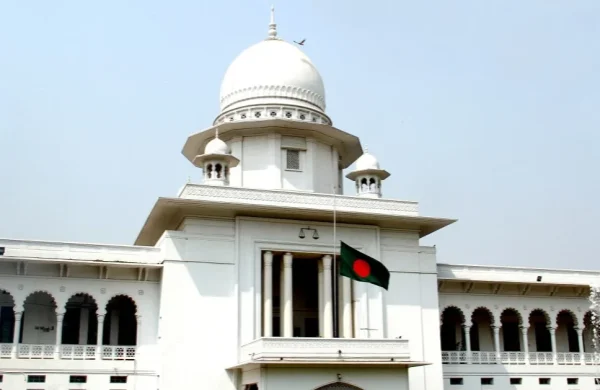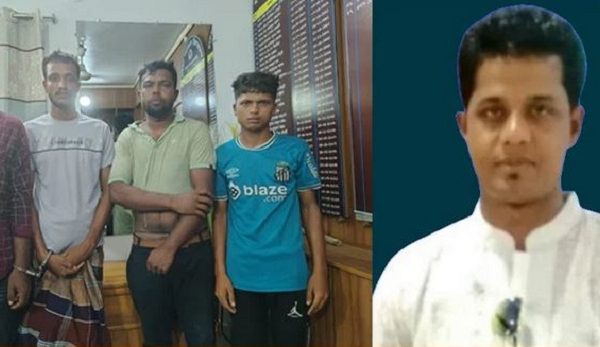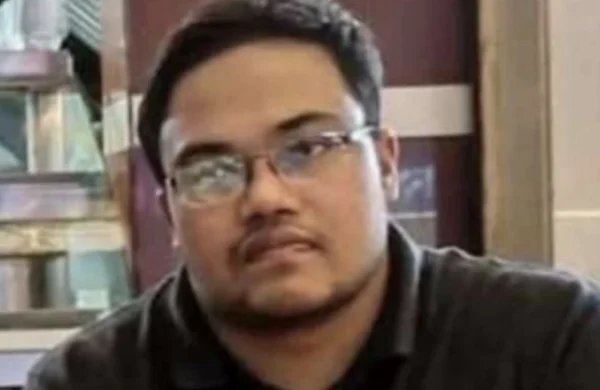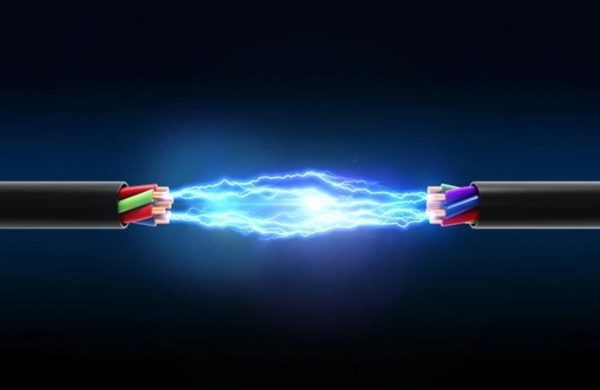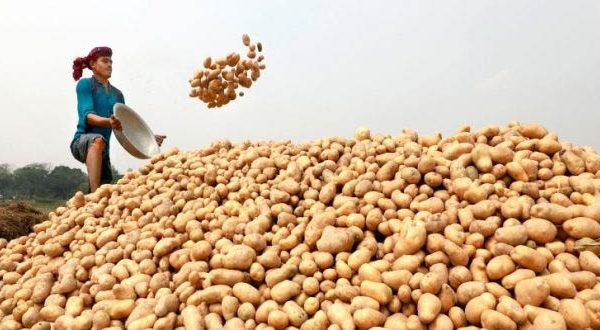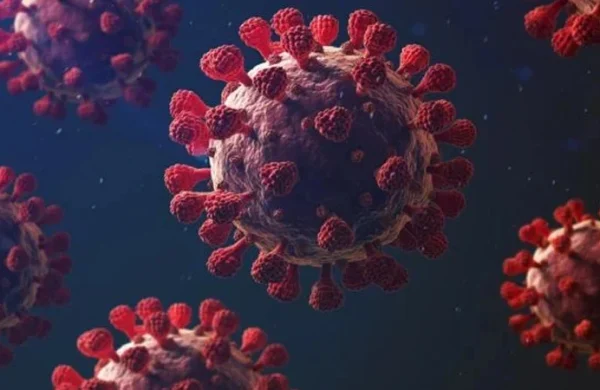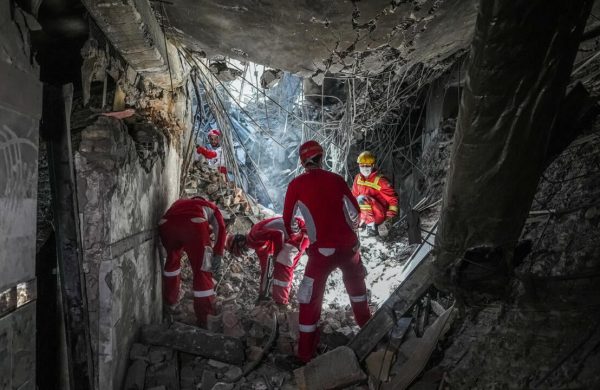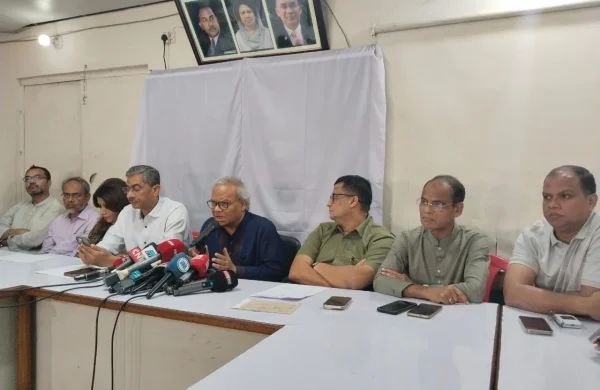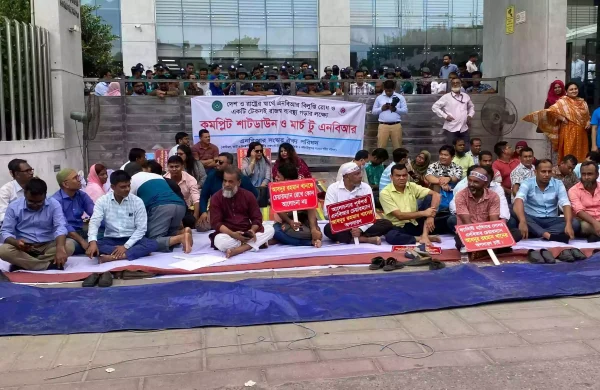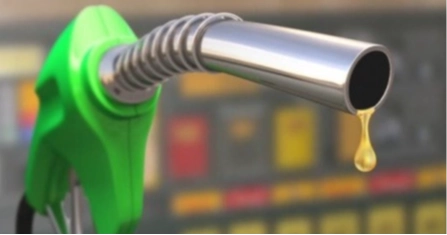Sonahat Bridge collapse severely affects life and transport in Kurigram
- Update Time : Sunday, June 29, 2025
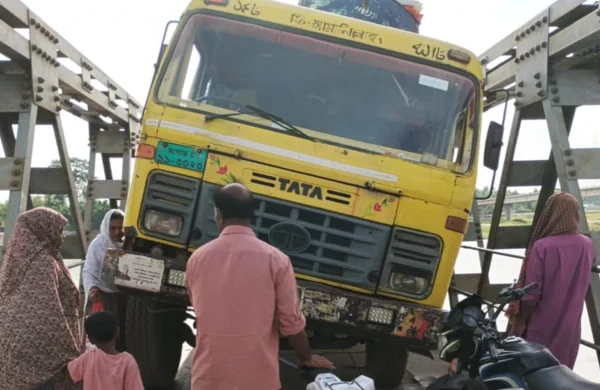
Kurigram Correspondent:
Daily life in Bhurungamari upazila of Kurigram came to a standstill on Sunday morning after a portion of the deck on the decades-old Sonahat Bridge collapsed, snapping road communication in the area.
Locals said the bridge collapsed around 7:30 am when a heavy truck, loaded with stones from the nearby Sonahat land port, got stuck midway on the bridge as a steel plate on the deck gave way.
The sudden collapse halted all vehicular movement, stranding commuters and disrupting trade routes.
“I brought eight passengers from Notun Haat in Char Bhurungamari for a trip to Kurigram. But the truck is blocking the bridge. All my passengers got down and left. I won’t be able to earn anything today,” lamented Babul, an auto-rickshaw driver affected by the bridge collapse.
HSC candidates like Jannatul Ferdous, Rajimul, and Sohel Rana found themselves stranded on her way to their exam centres. “We came in a reserved auto-rickshaw but found the bridge closed. Now we have to walk the rest of the way,” said one of them, visibly anxious.
Long queues of vehicles piled up on both sides of the bridge as people desperately looked for alternative ways to cross the Dudhkumar River. With no immediate road option, many resorted to boats to meet their urgent needs.
Locals said the bridge has long outlived its expected lifespan and had remained in a risky condition for years. Partial collapses and dislodged steel plates were already common, forcing traders and commuters to cross the bridge regularly at their own peril.
“The deck collapsed due to an overloaded stone truck. We are already working on repairs and hope to restore traffic movement very soon,” said Nazrul Islam, Executive Engineer of Kurigram Roads and Highways Department.
Recent inspections had revealed several damaged sections of the bridge deck, with potholes forming on the red-painted surface and steel plates coming loose.
The 1,200-foot-long Sonahat Bridge was originally built in 1887 during British colonial rule as a railway bridge connecting Lalmonirhat to Guwahati in India.
During the 1971 Liberation War, a section of the bridge was destroyed to halt advancing Pakistani troops. It was later repaired during the Ershad regime and converted into a road bridge, reconnecting three unions in southern Bhurungamari with Kachakata and Madarganj areas.
Despite its historical significance and crucial role in local connectivity, the bridge has not seen major rehabilitation in recent decades. The latest collapse highlights the urgent need for infrastructural renewal and safety assurance for the thousands who rely on this lifeline every day.



